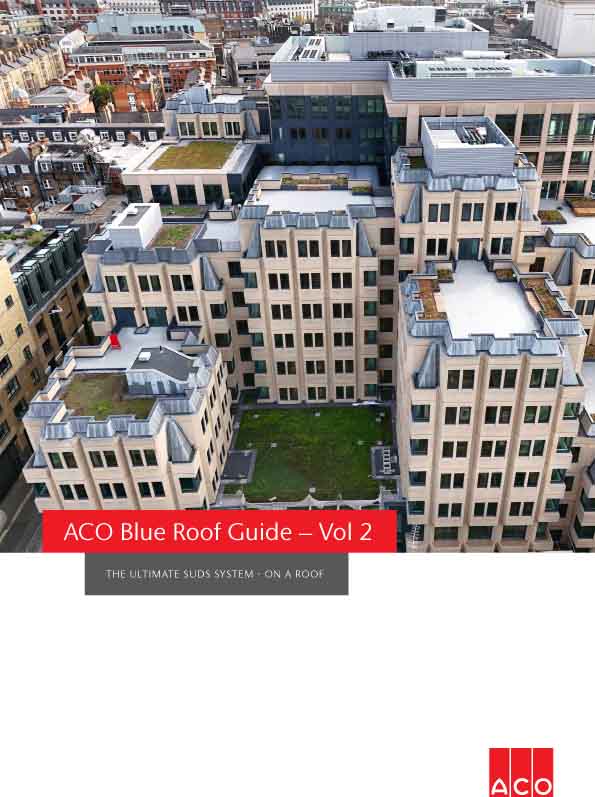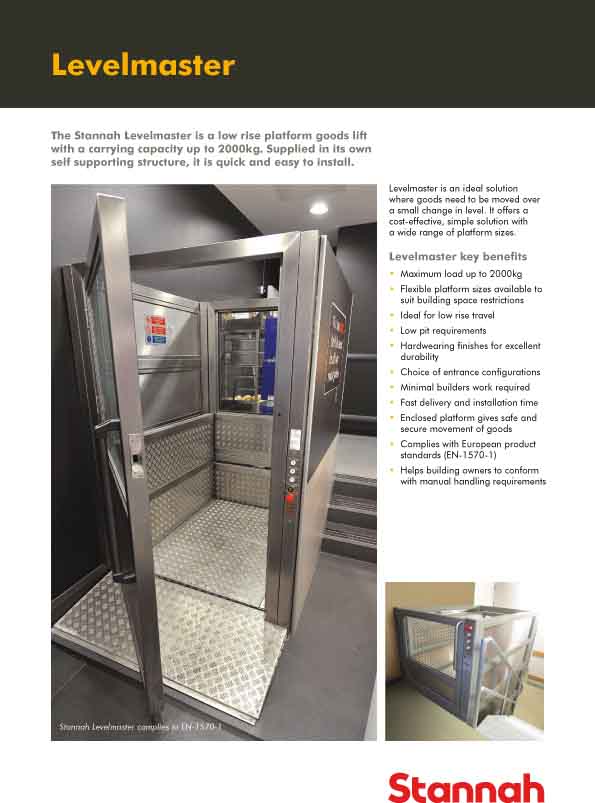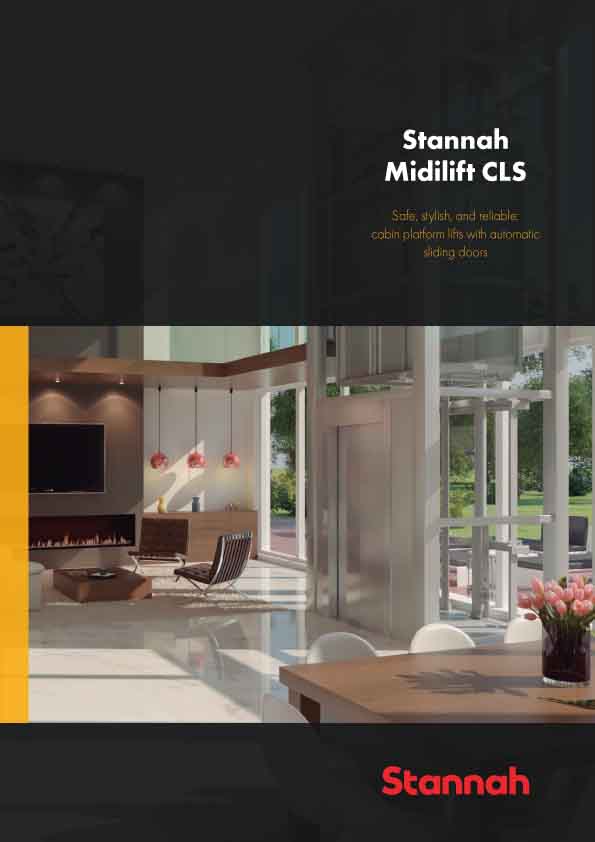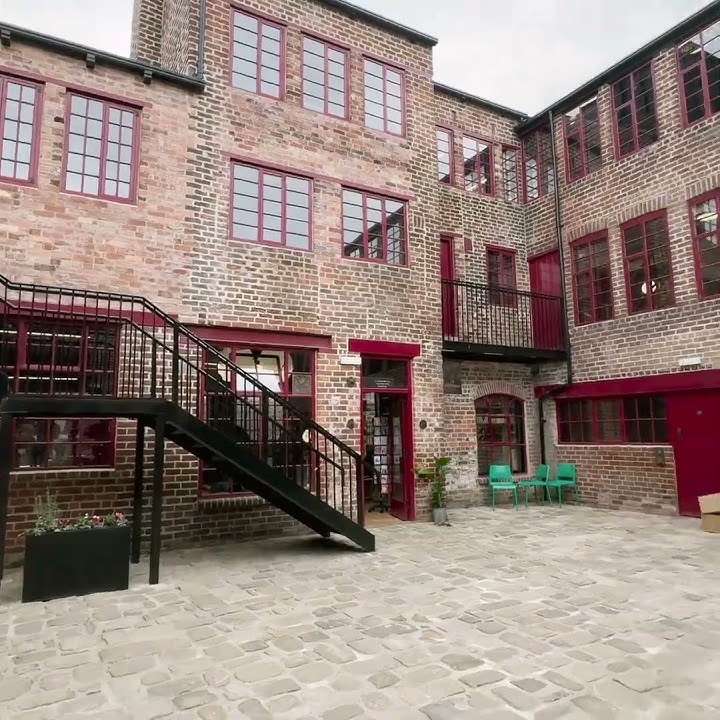
On 1st October 2010 two Approved Documents of the Building
Regulations in the form of Part L (Conservation of fuel and power)
and Part F (Ventilation) are changing at the same time. This is a
deliberate policy as changes in one will have direct affects upon the
other.
The 25% reduction in CO2 levels required by the new Part L 2010
edition will translate into the requirement for improvements in the
building fabric. Tighter U-values in walls floors and roofs through
improved levels of insulation will give the majority of the
improvement required. Better detailing around junctions to reduce the
heat loss associated with non-repeating thermal bridges, along with
the requirement to address the newly discovered heat loss associated
with party walls by full-filling and perimeter sealing, will further
improve building performance. In addition, greater attention to
detail during construction and improved building design will increase
the air tightness of buildings, reducing heat loss and bringing added
benefits to the overall effectiveness of the fabric to achieve the
required CO2 target.
With this increase in insulation comes the challenge of insulation
thicknesses. It is anticipated that the current 100mm of mineral wool
insulation required to meet current standards would need to jump to
165mm to achieve 25% better performance, which has massive space
implications. When Part L is tightened again in 2013 the issue will
become even more acute. High performance products such as Celotex
which has a current requirement of 50mm will be pushed to 75mm when
the regulations come in so it is likely a change in material, as well
as consideration around cavity walls, can be expected.
The changes outlined to Part L encourage the creation of buildings
that are highly insulated with improved levels of air tightness.
However, this improved air tightness brings with it its own set of
issues. Adequate ventilation must be provided to prevent the buildup
of moisture within the building. High levels of humidity can have an
adverse affect on the health of the occupants due to promotion of
mould growth and the provision of conditions that allow house dust
mites to thrive. Levels of moisture can also affect the performance
of some types of insulation, such as mineral wools. This coupled with
the fact that the presence of moisture in the air increases the
heating burden, will effectively increase the actual CO2 emission
associated with the building as well as those all important heating
bills!
Changes to the legal requirements in Approved Document F have been
made to ensure that mechanical ventilation systems are tested and
commissioned. Air flows on systems both intermittently used, such as
cooker hoods, and those that continuously run, are measured with
results notified to the Building Control Body. The necessity for
buildings with an air permeability of 5 m3/(h.m2) at 50 Pa to
increase their ventilation requirements has also been specifically
addressed in Part F. These are levels of air permeability that can be
achieved through good building practices during construction. They
are already being realised in current properties built to Part L 2006
and will be only become more prevalent with the introduction of Part
L 2010.
Part F includes provisions to ensure that the building occupants are
given sufficient information about the ventilation systems and their
maintenance requirements to enable them to be operated correctly and
provide the right level of ventilation. Information on how to run a
building in an energy efficient manner is also included in Part L as
well as information on areas that could be further improved to reduce
CO2 emissions.
As changes in building regulations are introduced it will become more
important that those of us who live in new houses use the information
provided to operate them correctly. They will be well insulated, air
tight properties utilising high performance products designed to
provide an improved building fabric with adequate ventilation levels.
The regulations are demonstrating some joined up thinking as they
seek to improve buildings and we need to understand how to play our
part to ensure that health, wellbeing and CO2 reduction go hand in hand.




















